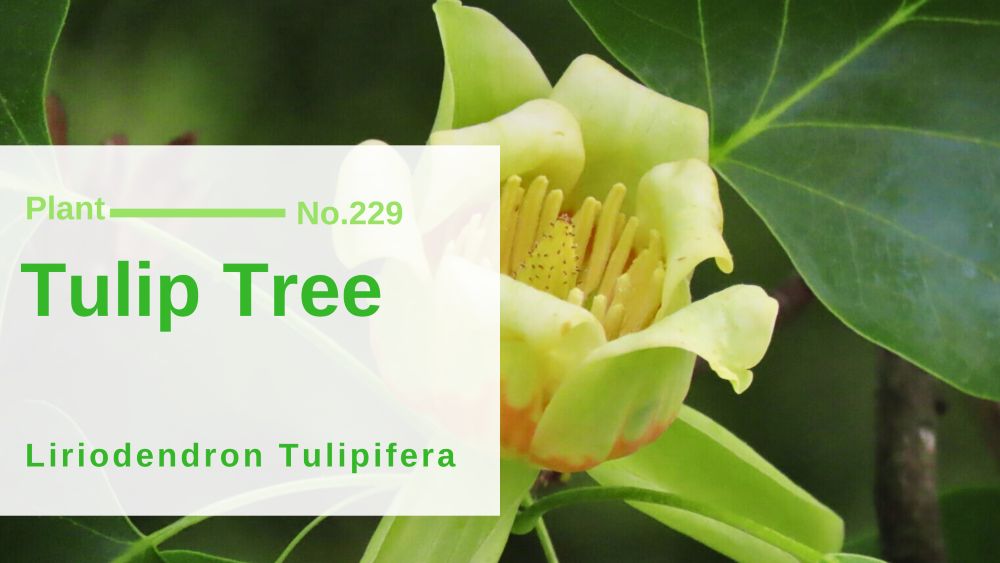Tulip Tree – Liriodendron Tulipifera: Medicinal & Alternative Uses for a Tree Covered in “Tulips”

Tulip tree AKA tulip poplar AKA arbre aux lis (Liriodendron tulipifera) is only native to parts of southern Ontario, so it’s near native in Haliburton and it’s not listed in Haliburton Flora. A stunner, the flowers really do look like tulips: My pictures on this page are from a tulip tree in my eldest sisters backyard … [Read more…]




